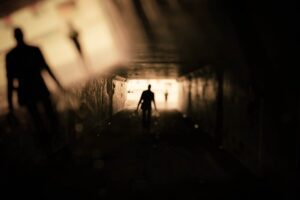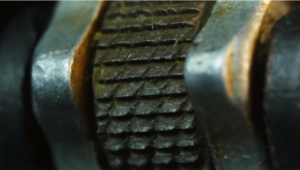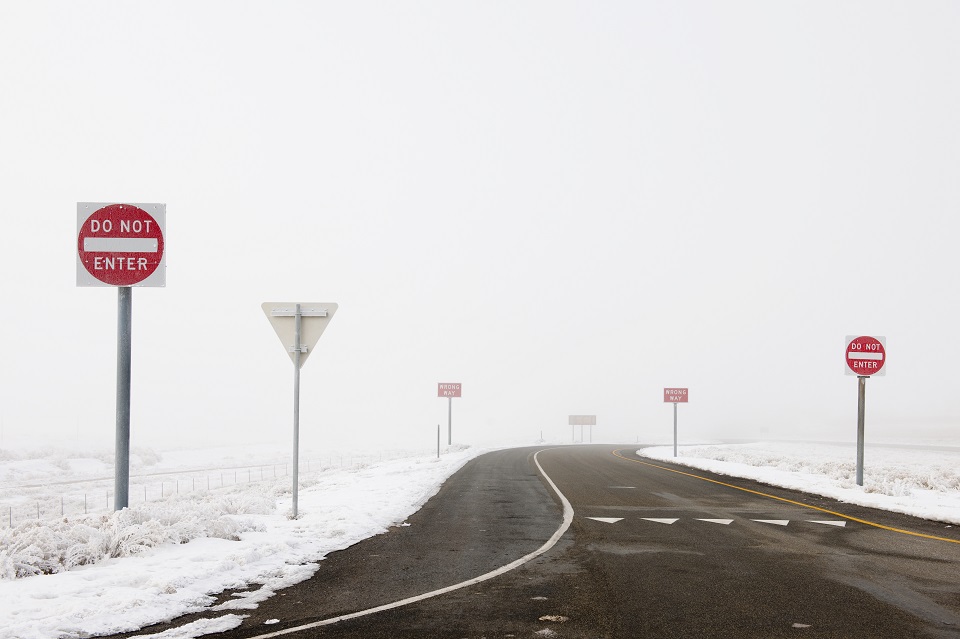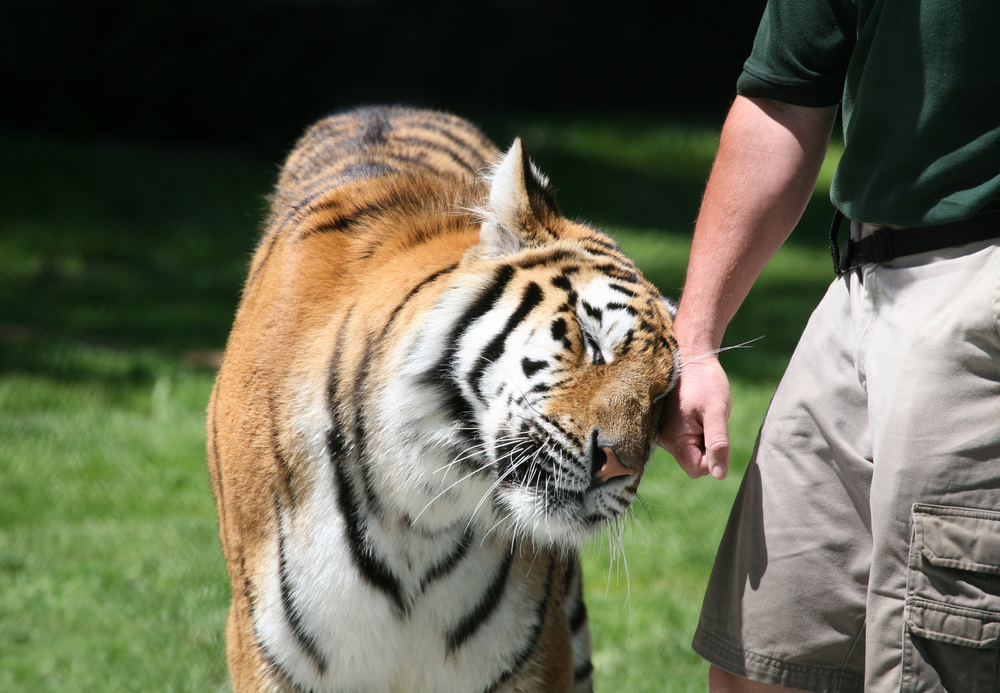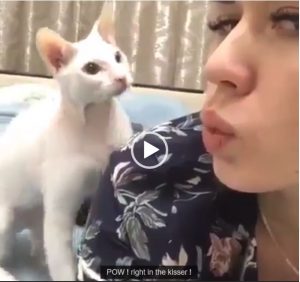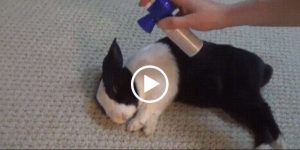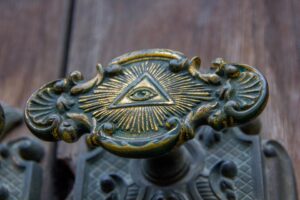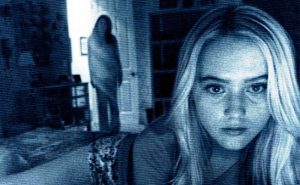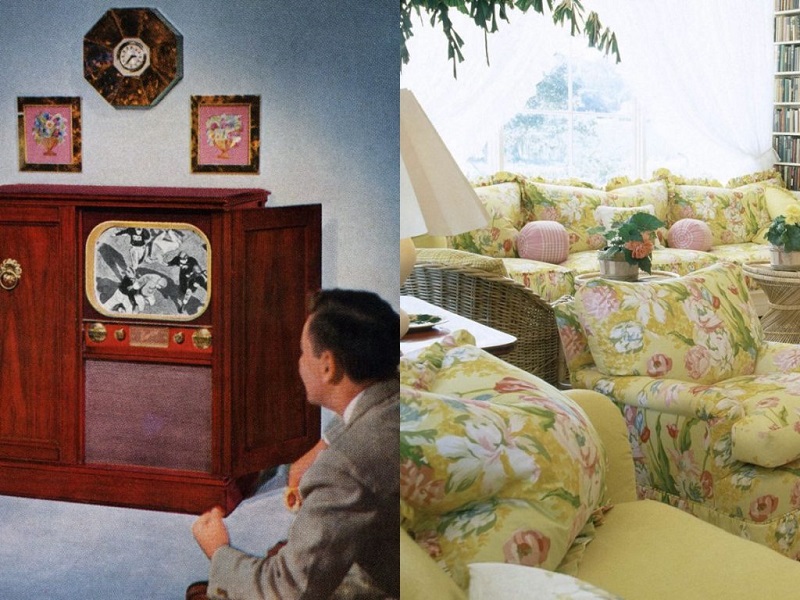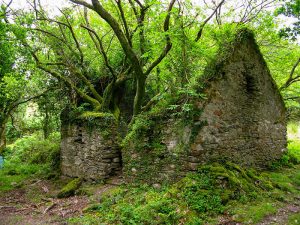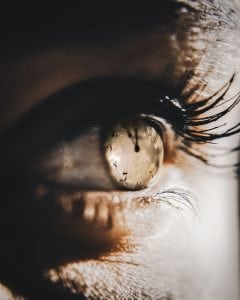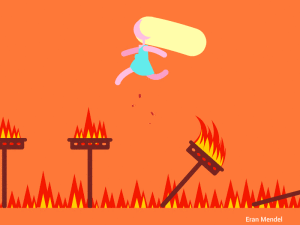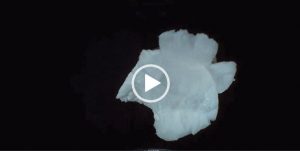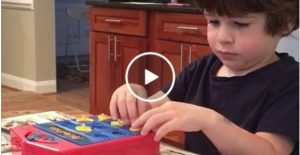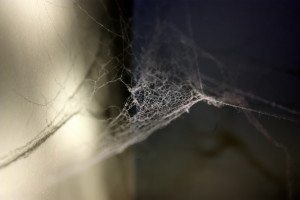 From time to time, you might notice cobwebs of different sizes on the walls of your bedroom or hanging on the ceiling. However, they don´t look like the usual spider webs – they are more like..dust.
From time to time, you might notice cobwebs of different sizes on the walls of your bedroom or hanging on the ceiling. However, they don´t look like the usual spider webs – they are more like..dust.
Most people must have heard their parents saying that those cobwebs are created by household and the large quantities of dust accumulated in a room.
But how could that be possible?
Where do cobwebs really come from?
To begin with, here is some bad news for those suffering from arachnophobia: every cobweb you see in your house does come from a real spider that abandoned it. Many spiders are used to creating new webs on a daily basis, even though they don’t get to finish the previous ones.
The same explanation goes for the strange shapes of the cobwebs on your ceiling. Certain spider types such as Theridiidae or Linyphiidae are known for creating such webs, while others (usually the bigger ones) develop the well-known symetrical spider webs. It happens, though, for those small, long-legged insects who produce irregular shaped webs to love hanging around in your house.
Cobwebs are mainly made of 7 types of spider silk combined with a series of proteins and glands. Some of the important silk types are dragline silk (providing stability when developing the web structure) and viscid silk (sticky and wet, so that the prey would get stuck in it).
Once the spider abandons its cobweb, it loses some of the qualities and quickly gets covered in air dust due to its viscid silk. This is why most people claim that cobwebs are made of dust – in fact, this would be impossible.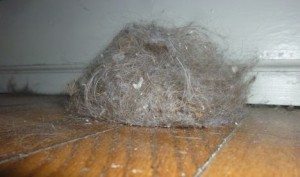
And those so-called dust bunnies you find under the bed every other couple of days? They’re also formed due to spider webs that keep them together.












































